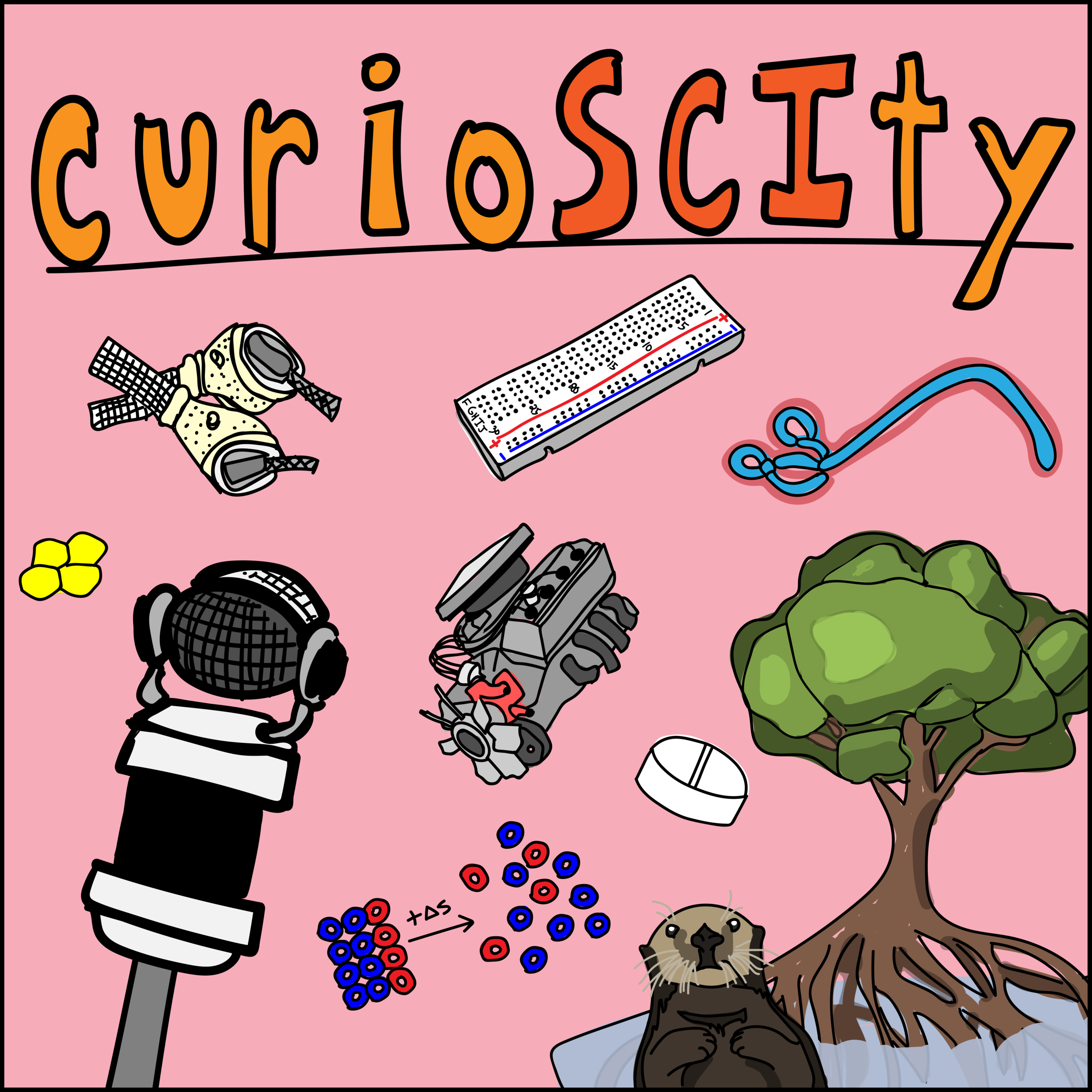92 - Non-Mendelian Genetics (w/ Nate Diehl!)
92. Non-Mendelian Genetics
We’ve discussed the concept of the genome and the individual genes that make it up, but this show hasn’t yet delved into how that blueprint expresses you. Today, we discuss exceptions to what Gregor Mendel discovered. Let’s learn to be scientifically conversational.
General Learning Concepts
1) What is genetics?
a. What is genetics? The study of heredity and the variation of inherited characteristics… the genetic properties or features of an organism, characteristic, etc.
b. What is heredity? The passing on of physical or mental characteristics genetically from one generation to another.
c. What is inheritance? Genetic inheritance occurs due to genetic material, in the form of DNA, being passed from parents to their offspring. When organisms reproduce, all the information for growth, survival, and reproduction for the next generation is found in the DNA passed down from the parent generation.
d. What are traits? A trait is a specific characteristic of an organism. Traits can be determined by genes or the environment, or more commonly by interactions between them. The genetic contribution to a trait is called the genotype. The outward expression of the genotype is called the phenotype.
i. Alleles: a variant form of a gene. Copies are not necessarily the same, leading to “different alleles”.
2) What makes genetic inheritance non-mendelian?
a. Non-Mendelian Genetics: Over the years, geneticists have found that not all traits have simple dominant/recessive traits. These cases of non-Mendelian inheritance are often sorted into three categories: incomplete dominance, codominance, and sex-linked traits.
b. Incomplete dominance: Incomplete dominance is when a dominant allele, or form of a gene, does not completely mask the effects of a recessive allele, and the organism’s resulting physical appearance shows a blending of both alleles.
c. Codominance: Codominance is a relationship between two versions of a gene. Individuals receive one version of a gene, called an allele, from each parent. If the alleles are different, the dominant allele usually will be expressed, while the effect of the other allele, called recessive, is masked. In codominance, however, neither allele is recessive and the phenotypes of both alleles are expressed.
d. Sex-linked: Sex linked is a trait in which a gene is located on a sex chromosome. In humans, the term generally refers to traits that are influenced by genes on the X chromosome. This is because the X chromosome is large and contains many more genes than the smaller Y chromosome. In a sex-linked disease, it is usually males who are affected because they have a single copy of X chromosome that carries the mutation. In females, the effect of the mutation may be masked by the second healthy copy of the X chromosome.
3) What are some examples of Non-Mendelian Genetics today?
4) Fun Tidbits
a. Blood Types: An example [of codominance] in humans would be the ABO blood group, where alleles A and alleles B are both expressed. So if an individual inherits allele A from their mother and allele B from their father, they have blood type AB.
b. Polygenetic Traits: A polygenic trait is one whose phenotype is influenced by more than one gene. Traits that display a continuous distribution, such as height or skin color, are polygenic. The inheritance of polygenic traits does not show the phenotypic ratios characteristic of Mendelian inheritance, though each of the genes contributing to the trait is inherited as described by Gregor Mendel. Many polygenic traits are also influenced by the environment and are called multifactorial.
5) Solicited Questions
a. Are epigenetics Non-Mendelian genetics?


